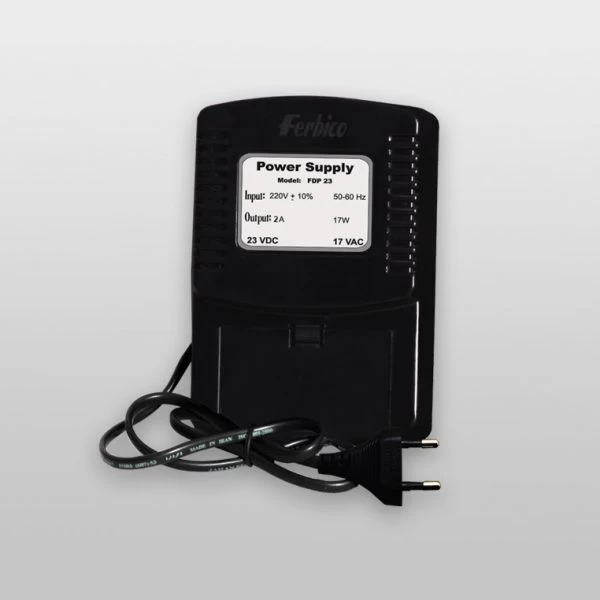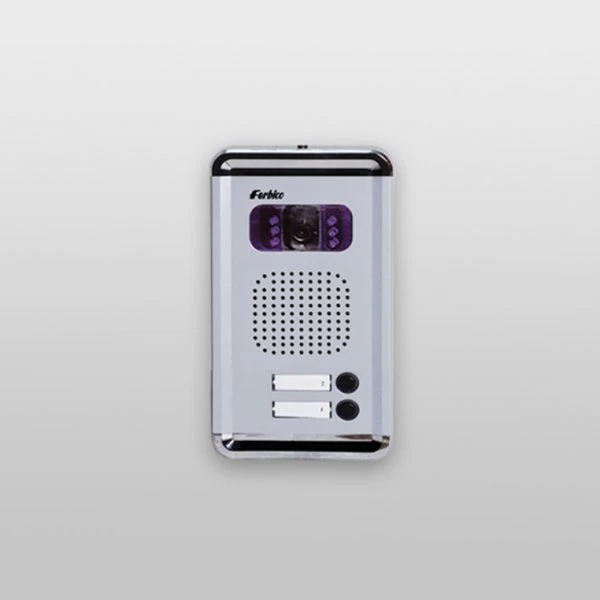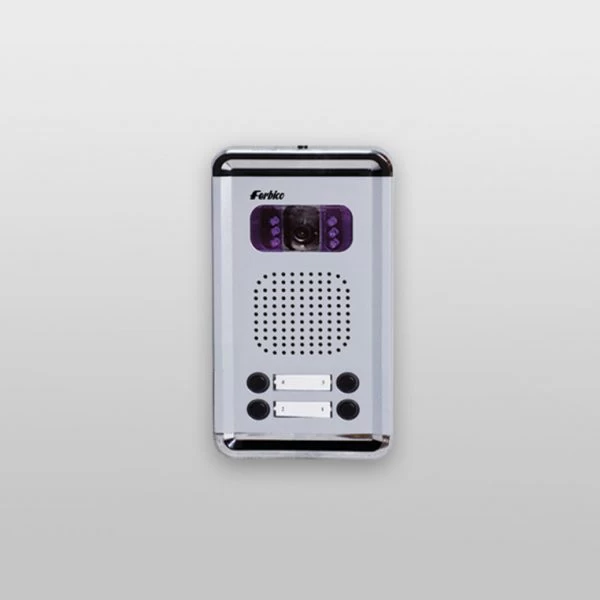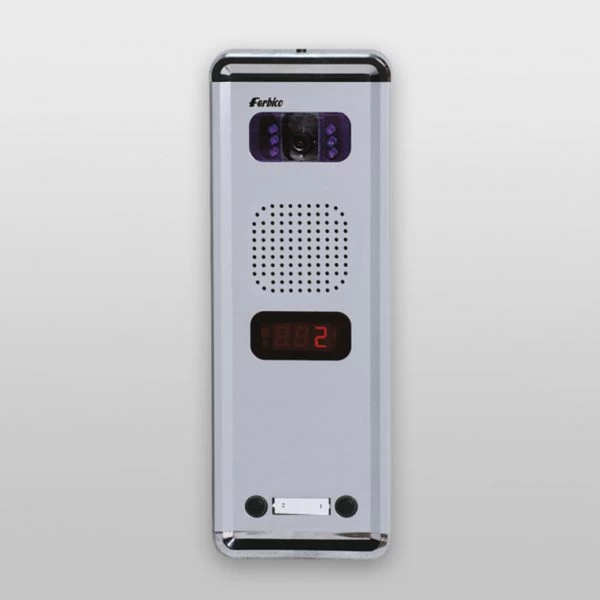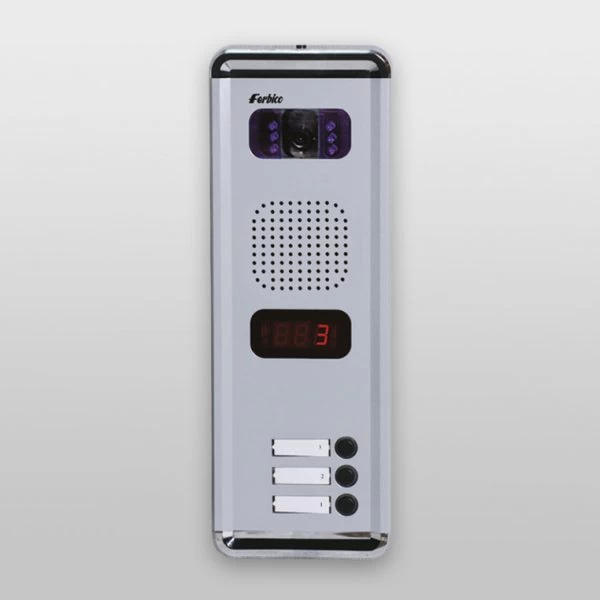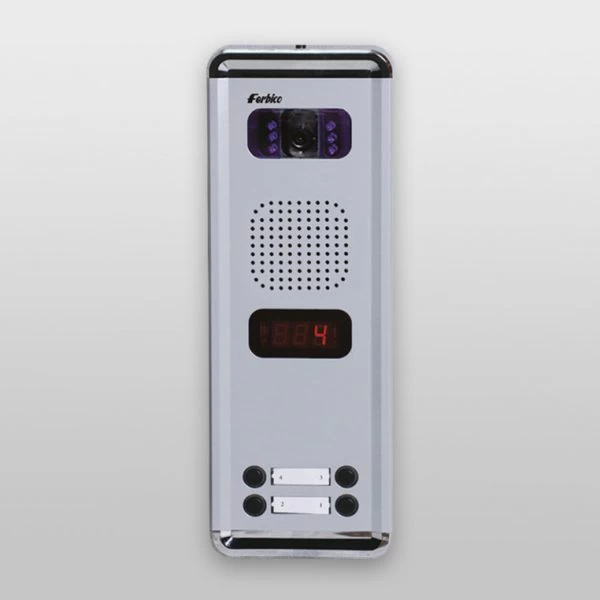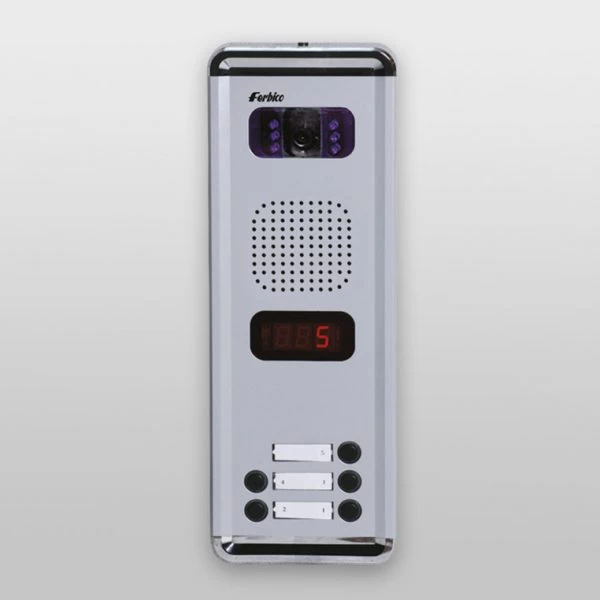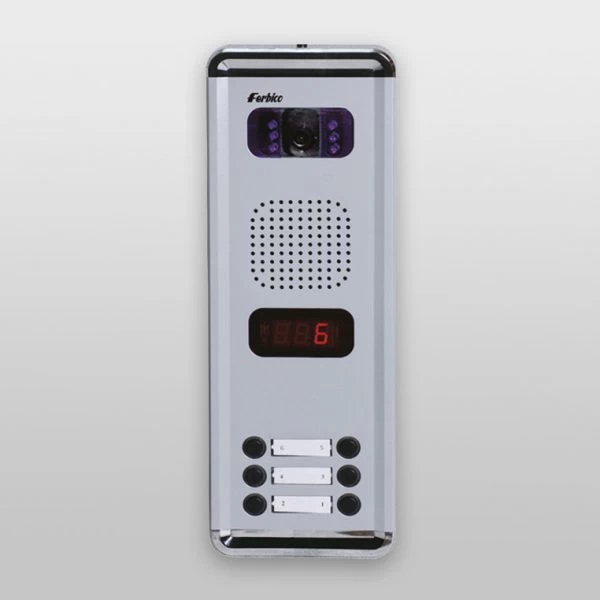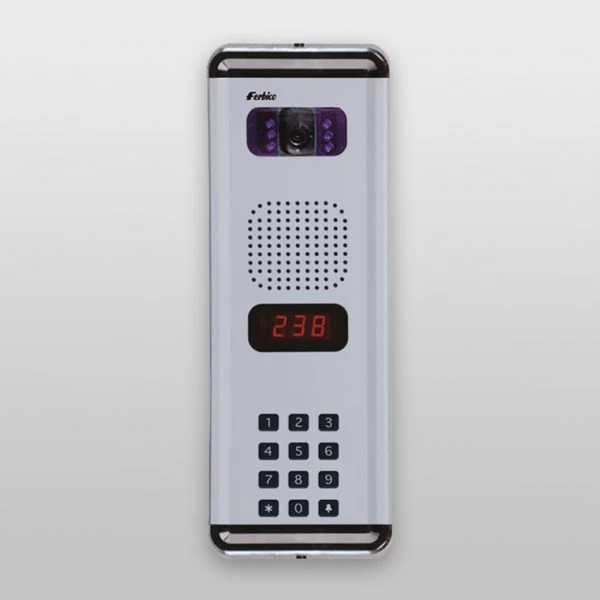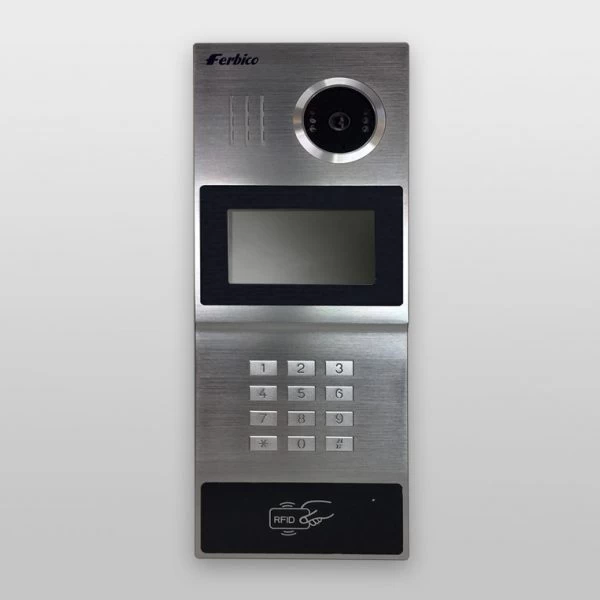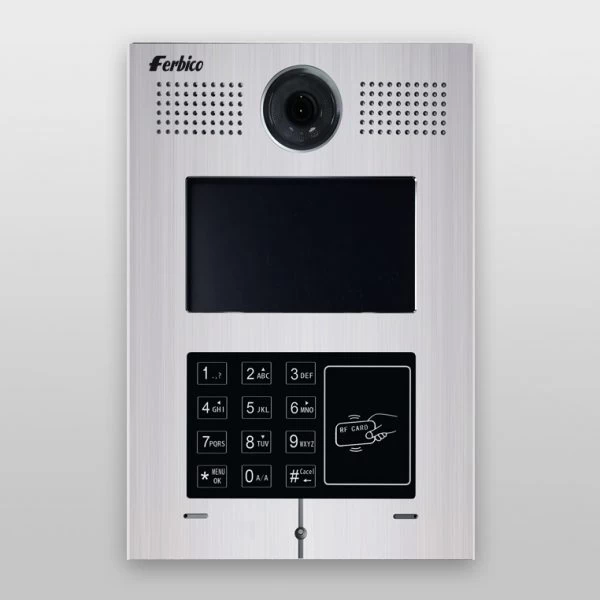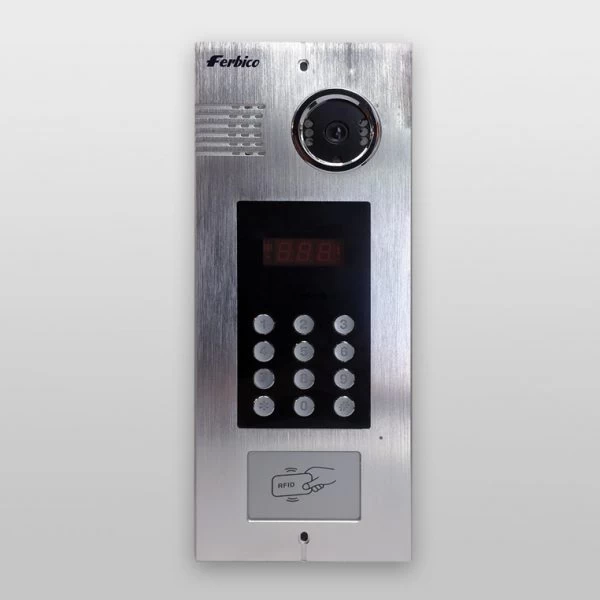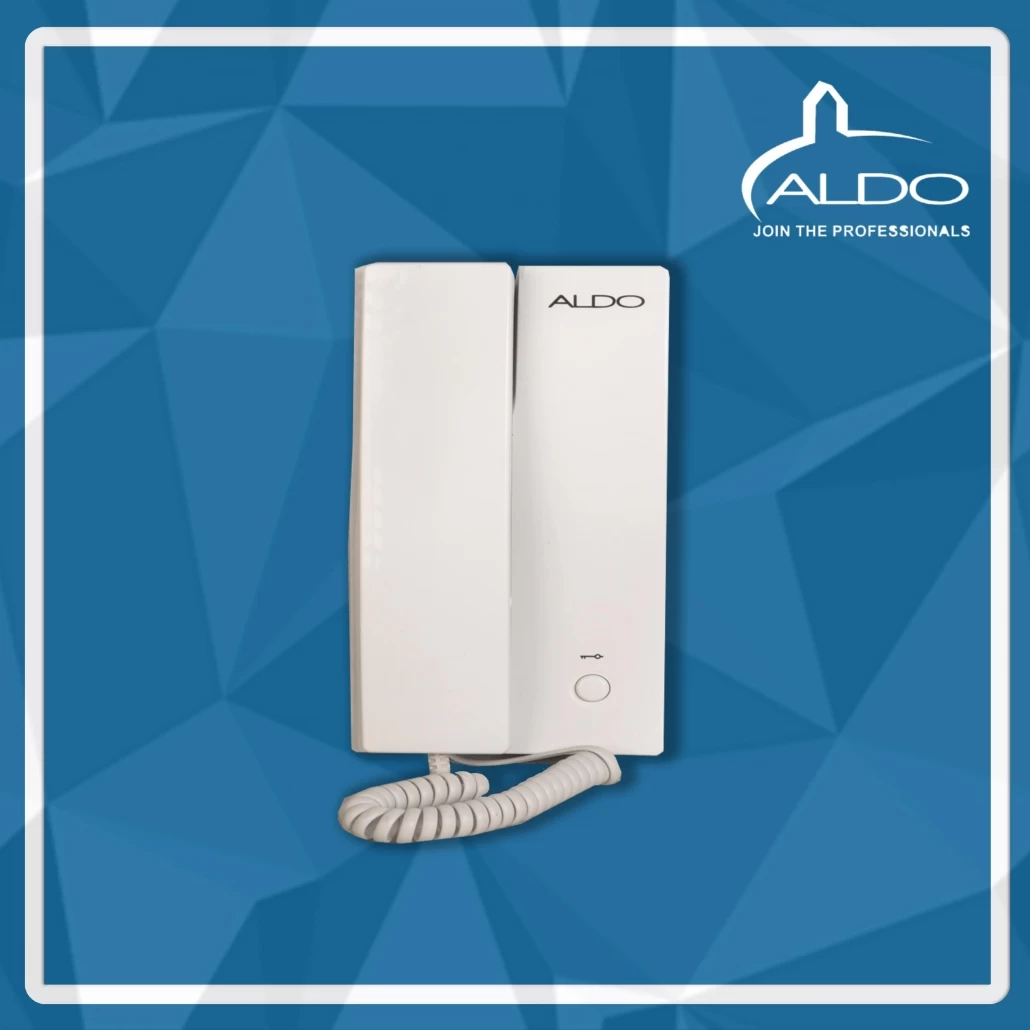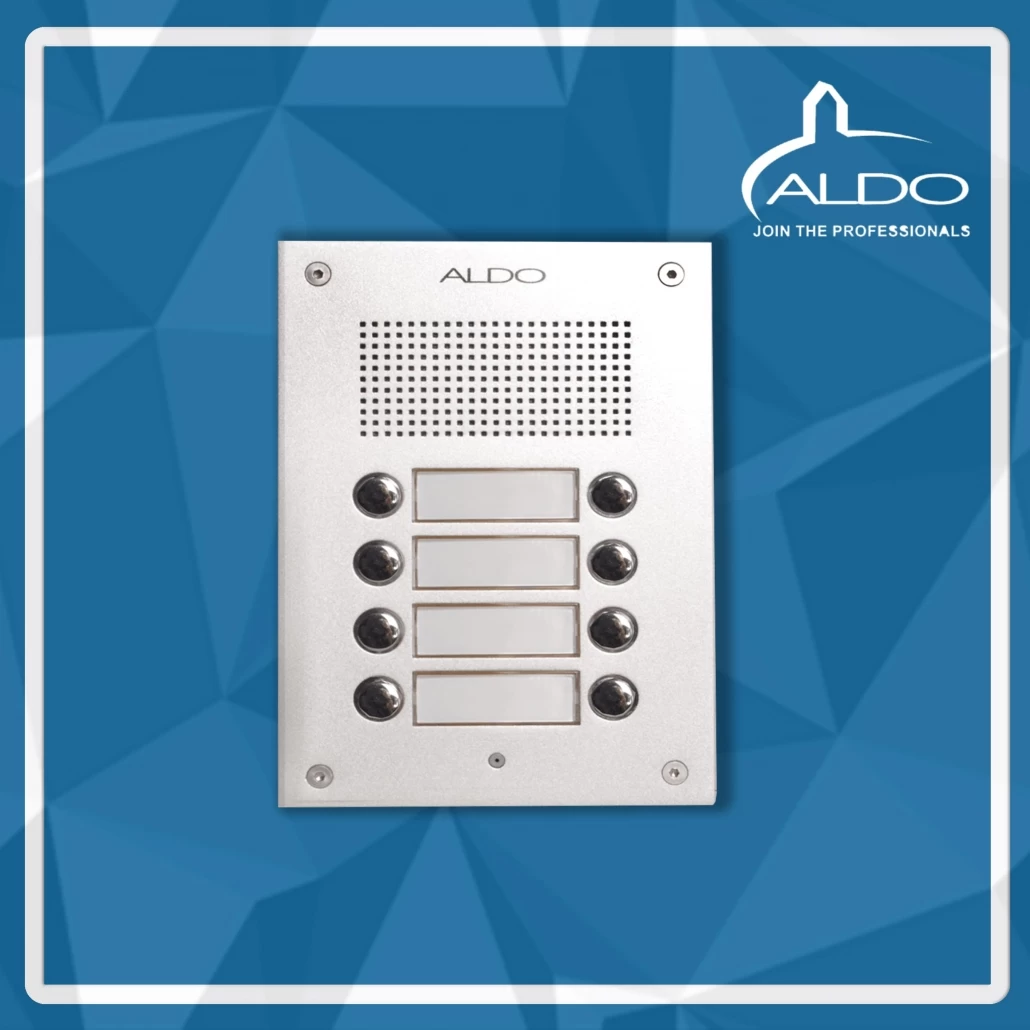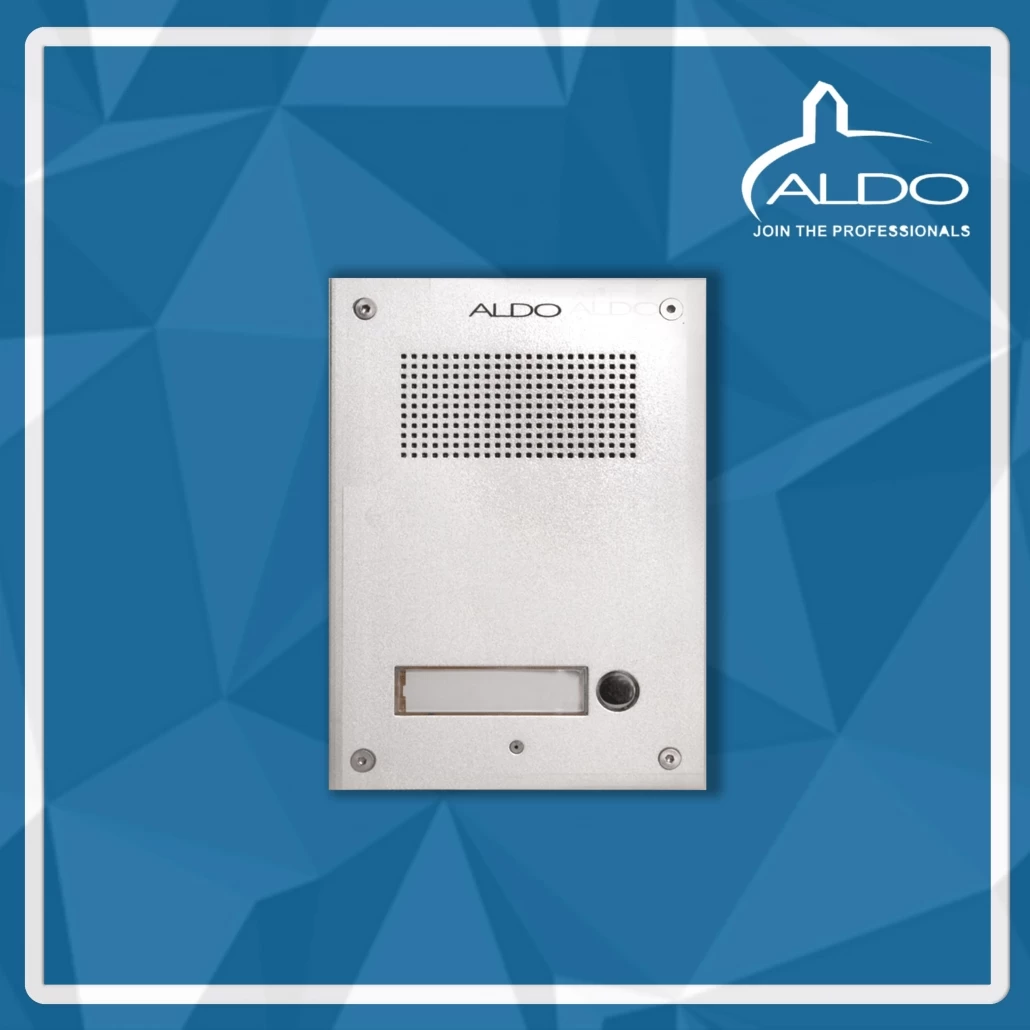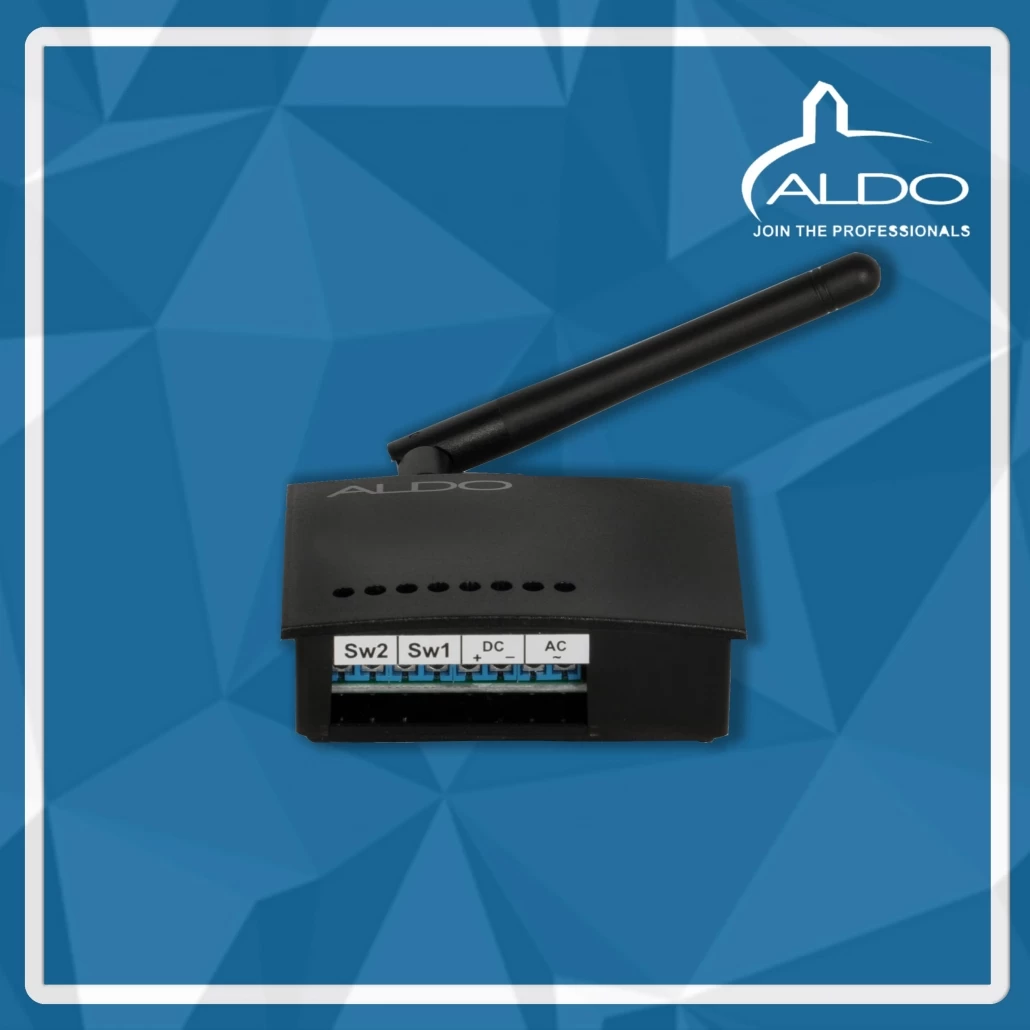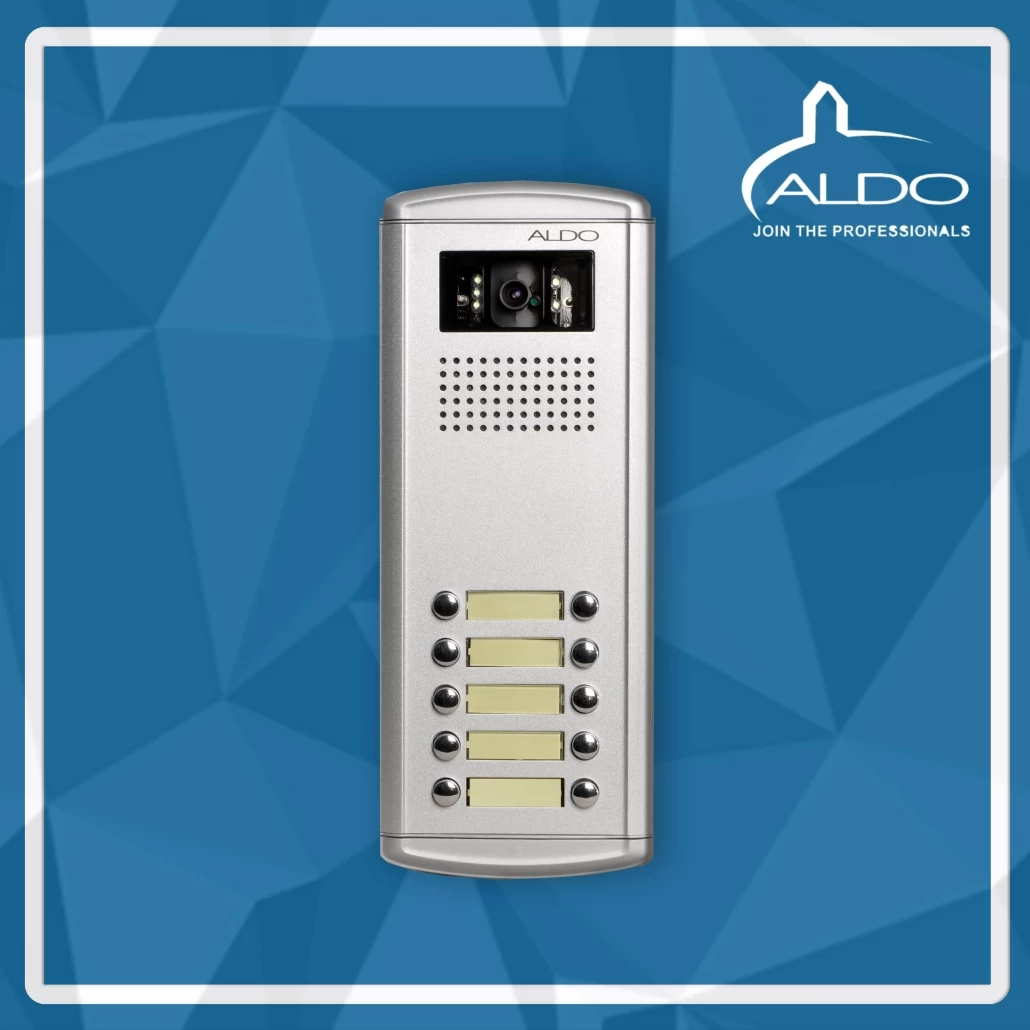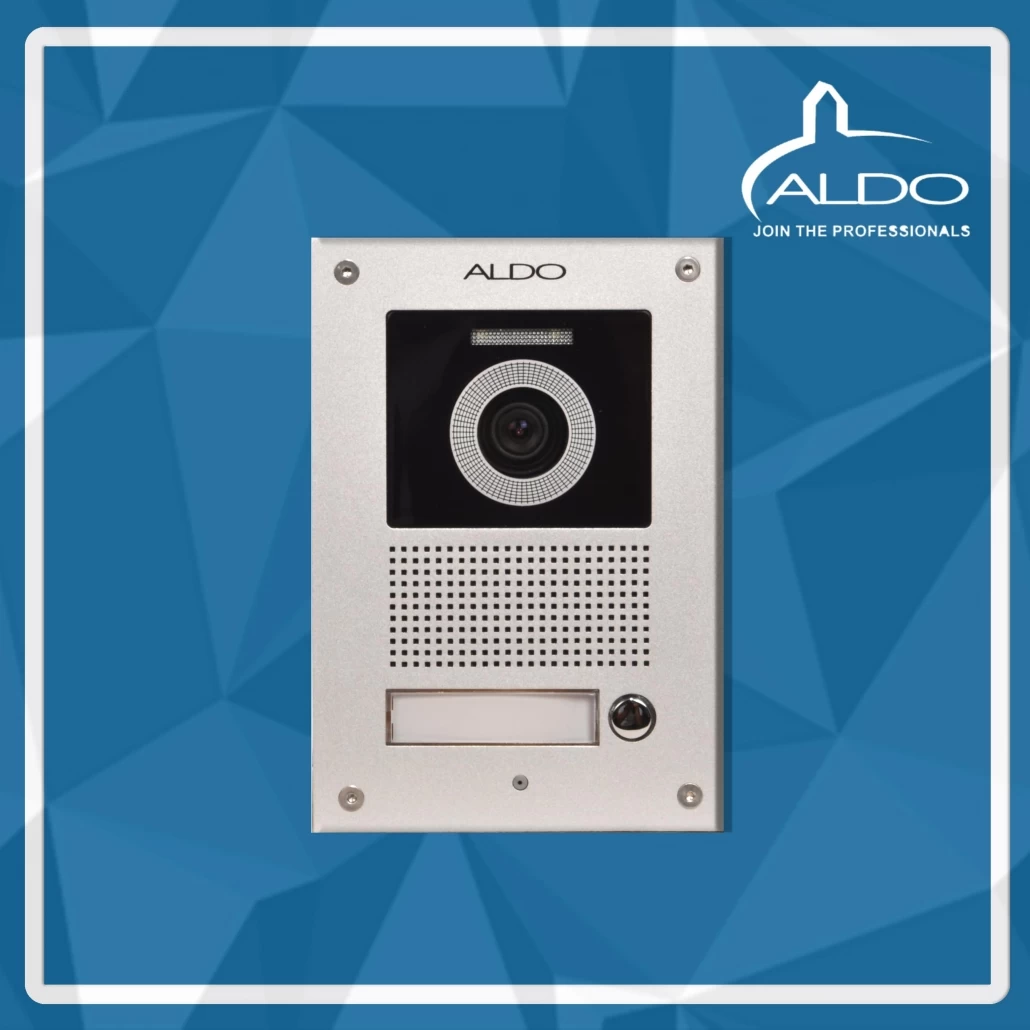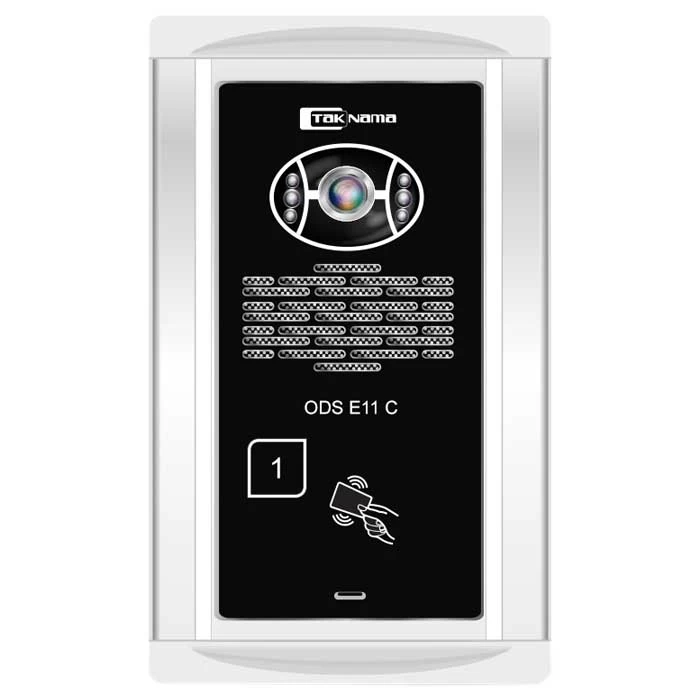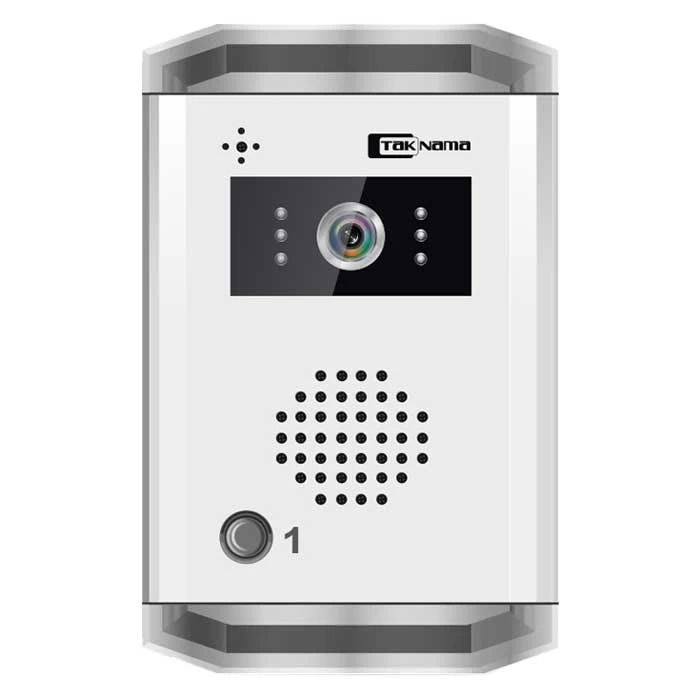Electrical Instruments
Electrical instruments refer to devices or tools that are used to measure, control, or manipulate electrical quantities such as voltage, current, resistance, and power. These instruments play a crucial role in various fields, including electrical engineering, electronics, telecommunications, and power systems.
Here are some common types of electrical instruments:
1. Multimeter: A versatile instrument used to measure voltage, current, and resistance. It typically includes functions such as continuity testing, diode testing, and capacitance measurement.
2. Oscilloscope: An instrument used to visualize and analyze the waveform of electrical signals, such as voltage or current, over time. It is essential for troubleshooting and debugging electronic circuits.
3. Function Generator: A device that generates electrical waveforms, such as sine, square, or triangular waves, at various frequencies and amplitudes. It is used for testing and calibrating electronic equipment.
4. Power Supply: A device that provides electrical power to electronic circuits or devices. It can deliver a constant voltage, current, or both, and may have adjustable settings for different applications.
5. Digital Voltmeter (DVM): A type of voltmeter that provides digital readouts of voltage measurements with high accuracy and resolution. It is commonly used in electronic testing and troubleshooting.
6. Clamp Meter: A meter used to measure current in a conductor without the need for physical contact. It utilizes a magnetic clamp to encircle the conductor and measure the induced magnetic field, providing a non-intrusive method of current measurement.
7. Megohmmeter: Also known as a insulation tester, it is used to measure the resistance of electrical isulation in cables, motors, transformers, and other electrical equipment.
8. Frequency Counter: An instrument used to measure the frequency of electrical signals, such as the output of oscillators or digital circuits.
9. Network Analyzer: An instrument used to measure the frequency response and other characteristics of electrical networks, such as filters, amplifiers, and antennas.
10. Logic Analyzer: A device used to capture and analyze digital signals in digital circuits, such as microprocessors, FPGAs, and communication interfaces.
These are just a few examples of the wide range of electrical instruments available for various applications in electrical and electronic engineering. Each instrument serves a specific purpose and is essential for conducting accurate measurements, testing, and analysis in the field of electrical engineering.
An electronic multimeter, also known as a digital multimeter (DMM), is a versatile electronic instrument used to measure various electrical quantities with high accuracy and precision. It is an essential tool for technicians, engineers, and hobbyists working with electrical and electronic systems.
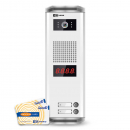
Here are the key features and functions of an electronic multimeter:
1. Measurement Functions: An electronic multimeter can measure multiple electrical quantities, including:
- Voltage: DC voltage, AC voltage (True RMS or average), and peak voltage.
- Current: DC current, AC current (True RMS or average), and peak current.
- Resistance: Resistance of resistors, conductors, and semiconductor devices.
- Continuity: Audible continuity testing to check for electrical continuity in circuits.
- Capacitance: Capacitance of capacitors and other capacitance components.
- Frequency: Frequency of periodic waveforms.
2. Digital Display: Unlike analog multimeters, electronic multimeters feature a digital LCD or LED display that shows measurement readings in numeric form, providing precise and easy-to-read results.
3. Auto-ranging and Manual Ranging: Many electronic multimeters offer auto-ranging capability, where the meter automatically selects the appropriate measurement range based on the input signal. Some models also allow manual ranging for more control over measurement ranges.
4. Data Hold Function: This function freezes the displayed measurement value, allowing the user to record the reading without having to observe the display continuously.
5. Backlight: Some electronic multimeters come with a built-in backlight on the display, enabling easy reading of measurements in low-light conditions.
6. Safety Features: Electronic multimeters typically include safety features such as overload protection, input protection, and safety ratings (CAT safety ratings) to ensure safe operation when measuring high voltages and currents.
7. Additional Functions: Depending on the model, electronic multimeters may offer additional functions such as temperature measurement, diode testing, transistor testing, and relative measurement (REL or Δ) for comparing measurements.
Electronic multimeters are versatile tools used in various applications, including electronics troubleshooting, circuit testing, electrical maintenance, and automotive diagnostics. Their compact size, ease of use, and multiple measurement functions make them indispensable for professionals and enthusiasts working with electrical and electronic systems.
An electronic oscilloscope, often simply referred to as an oscilloscope or scope, is a specialized electronic instrument used to visually display and analyze the waveform of electrical signals over time. It is a fundamental tool for engineers, technicians, and scientists working with electrical and electronic systems.
Here are the key features and functions of an electronic oscilloscope:
1. Waveform Display: The primary function of an oscilloscope is to display the waveform of an electrical signal graphically on a screen, typically a cathode ray tube (CRT) or a liquid crystal display (LCD). The horizontal axis represents time, while the vertical axis represents voltage.
2. Signal Input: Oscilloscopes have one or more input channels for connecting to the signal under test. The most common input type is a BNC connector, which accepts coaxial cables with probes or test leads.
3. Bandwidth: The bandwidth of an oscilloscope determines its ability to accurately capture high-frequency signals. It is defined as the range of frequencies over which the oscilloscope can faithfully reproduce a signal.
4. Sampling Rate: The sampling rate, measured in samples per second (Sa/s) or megasamples per second (MSa/s), determines the number of data points used to represent the waveform. A higher sampling rate provides greater detail and accuracy in capturing fast-changing signals.
5. Triggering: Triggering allows the oscilloscope to synchronize the display of the waveform with a specific point or event in the signal. Trigger settings include level, slope, and mode (e.g., edge trigger, pulse trigger).
6. Measurement Functions: Oscilloscopes offer various measurement functions for analyzing waveform characteristics, including voltage measurements (peak-to-peak, RMS), time measurements (period, frequency), amplitude measurements (voltage levels), and phase measurements.
7. Display Controls: Users can adjust the display settings, such as vertical scale (volts per division), horizontal scale (time per division), trigger level, and waveform persistence (how long traces remain visible).
8. Advanced Features: Modern oscilloscopes may include advanced features such as waveform recording and playback, FFT (Fast Fourier Transform) analysis for frequency domain analysis, serial protocol analysis, and advanced triggering options.
_1710868969.jpg)
Oscilloscopes are used in a wide range of applications, including electronics debugging, circuit analysis, signal characterization, telecommunications, medical diagnostics, and research. They are essential tools for visualizing and understanding the behavior of electrical signals in both time and frequency domains.
1. Multimeter: A versatile instrument used to measure voltage, current, and resistance. It typically includes functions such as continuity testing, diode testing, and capacitance measurement.
2. Oscilloscope: An instrument used to visualize and analyze the waveform of electrical signals, such as voltage or current, over time. It is essential for troubleshooting and debugging electronic circuits.
3. Function Generator: A device that generates electrical waveforms, such as sine, square, or triangular waves, at various frequencies and amplitudes. It is used for testing and calibrating electronic equipment.
4. Power Supply: A device that provides electrical power to electronic circuits or devices. It can deliver a constant voltage, current, or both, and may have adjustable settings for different applications.
5. Digital Voltmeter (DVM): A type of voltmeter that provides digital readouts of voltage measurements with high accuracy and resolution. It is commonly used in electronic testing and troubleshooting.
7. Megohmmeter: Also known as a insulation tester, it is used to measure the resistance of electrical isulation in cables, motors, transformers, and other electrical equipment.
8. Frequency Counter: An instrument used to measure the frequency of electrical signals, such as the output of oscillators or digital circuits.
9. Network Analyzer: An instrument used to measure the frequency response and other characteristics of electrical networks, such as filters, amplifiers, and antennas.
10. Logic Analyzer: A device used to capture and analyze digital signals in digital circuits, such as microprocessors, FPGAs, and communication interfaces.
These are just a few examples of the wide range of electrical instruments available for various applications in electrical and electronic engineering. Each instrument serves a specific purpose and is essential for conducting accurate measurements, testing, and analysis in the field of electrical engineering.
An electronic multimeter, also known as a digital multimeter (DMM), is a versatile electronic instrument used to measure various electrical quantities with high accuracy and precision. It is an essential tool for technicians, engineers, and hobbyists working with electrical and electronic systems.

- Voltage: DC voltage, AC voltage (True RMS or average), and peak voltage.
- Current: DC current, AC current (True RMS or average), and peak current.
- Resistance: Resistance of resistors, conductors, and semiconductor devices.
- Continuity: Audible continuity testing to check for electrical continuity in circuits.
- Capacitance: Capacitance of capacitors and other capacitance components.
- Frequency: Frequency of periodic waveforms.
2. Digital Display: Unlike analog multimeters, electronic multimeters feature a digital LCD or LED display that shows measurement readings in numeric form, providing precise and easy-to-read results.
3. Auto-ranging and Manual Ranging: Many electronic multimeters offer auto-ranging capability, where the meter automatically selects the appropriate measurement range based on the input signal. Some models also allow manual ranging for more control over measurement ranges.
4. Data Hold Function: This function freezes the displayed measurement value, allowing the user to record the reading without having to observe the display continuously.
5. Backlight: Some electronic multimeters come with a built-in backlight on the display, enabling easy reading of measurements in low-light conditions.
6. Safety Features: Electronic multimeters typically include safety features such as overload protection, input protection, and safety ratings (CAT safety ratings) to ensure safe operation when measuring high voltages and currents.
7. Additional Functions: Depending on the model, electronic multimeters may offer additional functions such as temperature measurement, diode testing, transistor testing, and relative measurement (REL or Δ) for comparing measurements.
Electronic multimeters are versatile tools used in various applications, including electronics troubleshooting, circuit testing, electrical maintenance, and automotive diagnostics. Their compact size, ease of use, and multiple measurement functions make them indispensable for professionals and enthusiasts working with electrical and electronic systems.
An electronic oscilloscope, often simply referred to as an oscilloscope or scope, is a specialized electronic instrument used to visually display and analyze the waveform of electrical signals over time. It is a fundamental tool for engineers, technicians, and scientists working with electrical and electronic systems.
1. Waveform Display: The primary function of an oscilloscope is to display the waveform of an electrical signal graphically on a screen, typically a cathode ray tube (CRT) or a liquid crystal display (LCD). The horizontal axis represents time, while the vertical axis represents voltage.
3. Bandwidth: The bandwidth of an oscilloscope determines its ability to accurately capture high-frequency signals. It is defined as the range of frequencies over which the oscilloscope can faithfully reproduce a signal.
4. Sampling Rate: The sampling rate, measured in samples per second (Sa/s) or megasamples per second (MSa/s), determines the number of data points used to represent the waveform. A higher sampling rate provides greater detail and accuracy in capturing fast-changing signals.
5. Triggering: Triggering allows the oscilloscope to synchronize the display of the waveform with a specific point or event in the signal. Trigger settings include level, slope, and mode (e.g., edge trigger, pulse trigger).
6. Measurement Functions: Oscilloscopes offer various measurement functions for analyzing waveform characteristics, including voltage measurements (peak-to-peak, RMS), time measurements (period, frequency), amplitude measurements (voltage levels), and phase measurements.
7. Display Controls: Users can adjust the display settings, such as vertical scale (volts per division), horizontal scale (time per division), trigger level, and waveform persistence (how long traces remain visible).
8. Advanced Features: Modern oscilloscopes may include advanced features such as waveform recording and playback, FFT (Fast Fourier Transform) analysis for frequency domain analysis, serial protocol analysis, and advanced triggering options.
_1710868969.jpg)
Oscilloscopes are used in a wide range of applications, including electronics debugging, circuit analysis, signal characterization, telecommunications, medical diagnostics, and research. They are essential tools for visualizing and understanding the behavior of electrical signals in both time and frequency domains.
FAQs
What device is used to measure voltage?
Multimeter: A versatile instrument used to measure voltage, current, and resistance.
What can pass electric current?
It can deliver a constant voltage, current, or both, and may have adjustable settings for different applications.
Are multimeters also protective?
Electronic multimeters typically include safety features such as overload protection
What is an electrical debugging tool?
Oscilloscopes are used in a wide range of applications, including electronics debugging,
 +7929688-88-14
+7929688-88-14

 English
English
 Persian
Persian
 Russian
Russian
 Chinese
Chinese


 +7929688-88-14
+7929688-88-14



